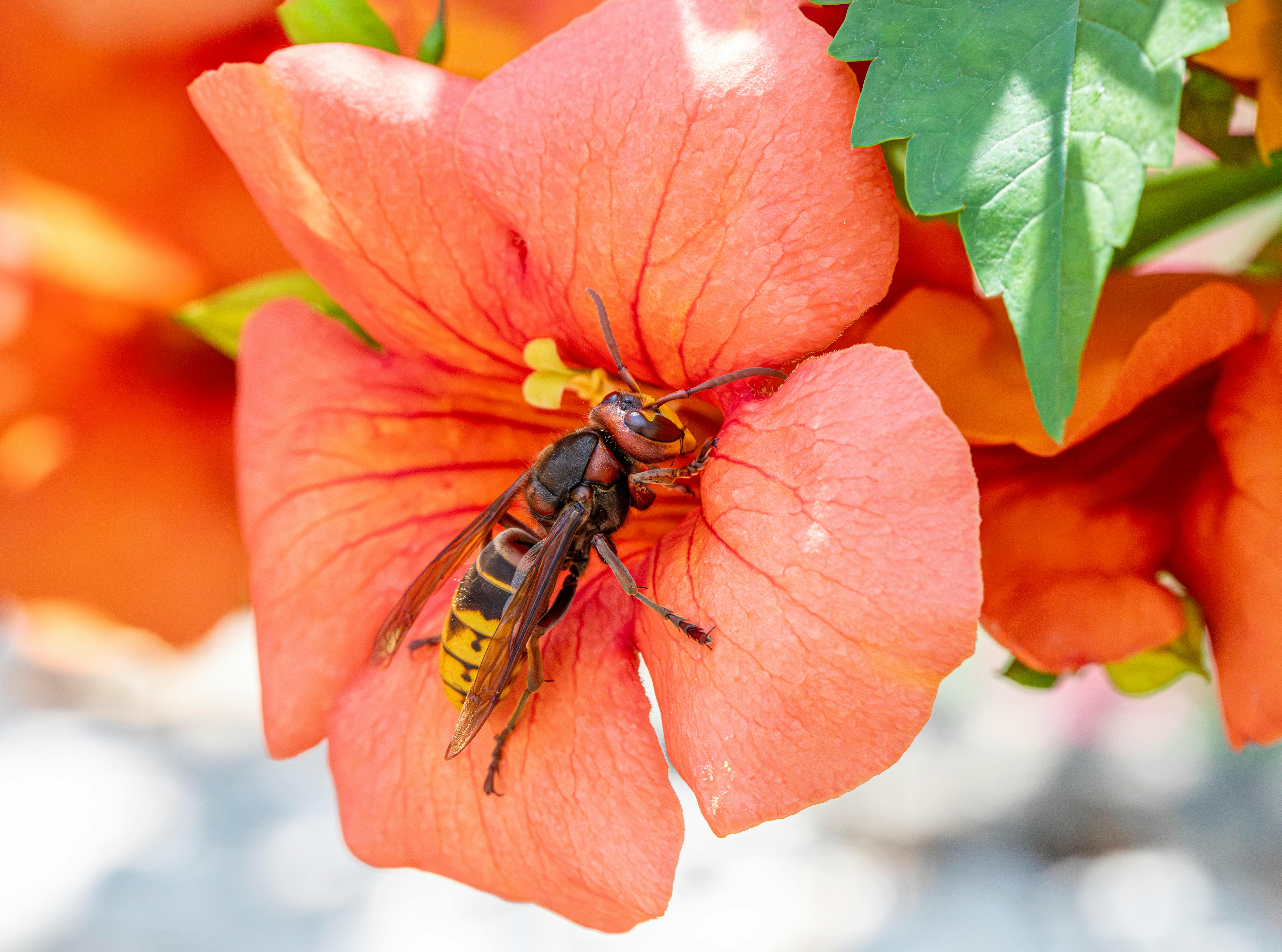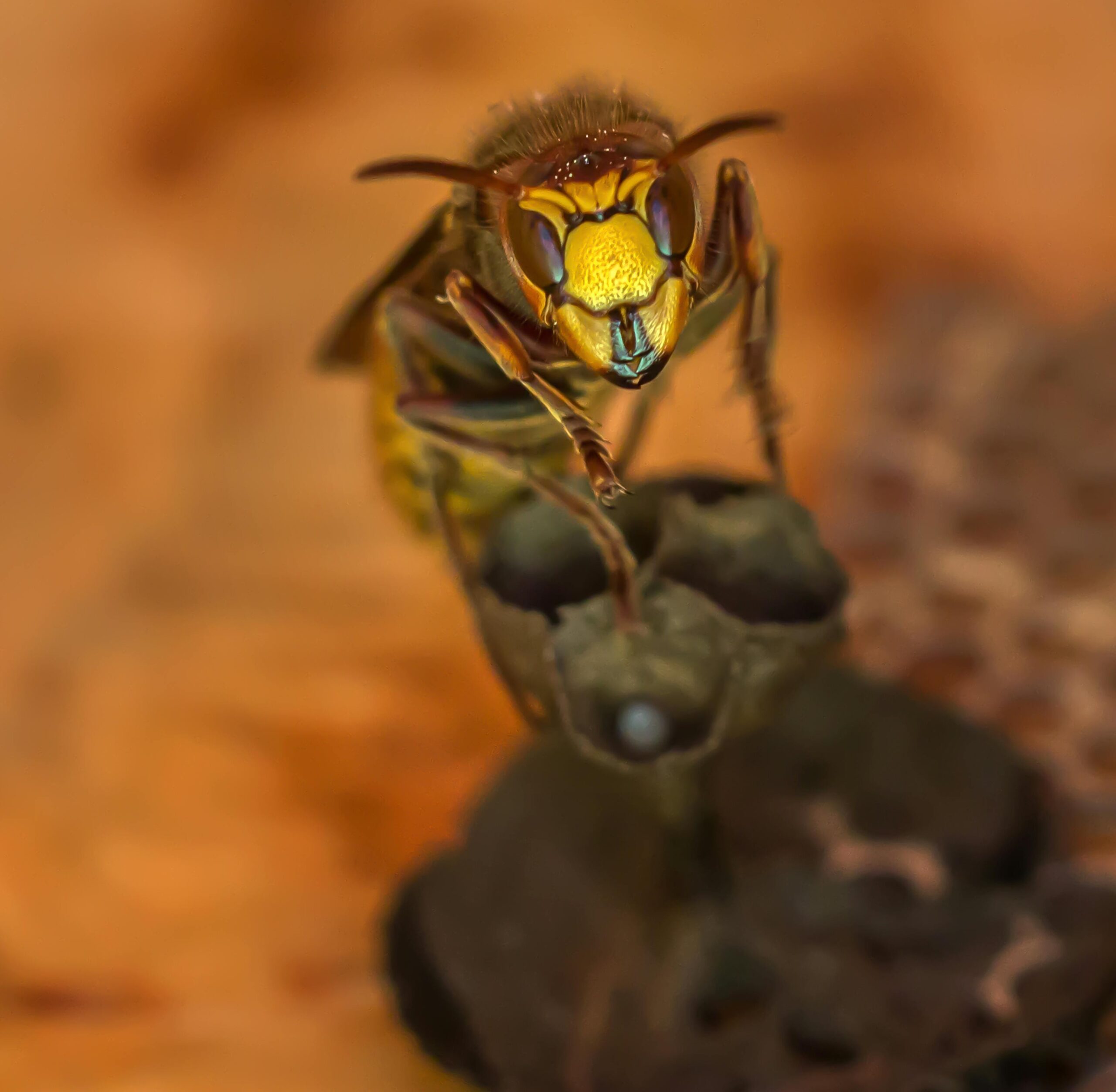Understanding Hornissennest: Insights and Safety Tips
What is Hornissennest?
The term hornissennest refers to the nests built by hornets, which are a type of social wasp. Often mistaken for bees due to their similar appearances, hornets are generally larger, and their nests can be quite impressive in size and engineering. A typical hornissennest is made of chewed wood fibers mixed with saliva, creating a papery texture. Understanding hornissennest characteristics can help in recognizing these structures in your surroundings, especially if you encounter them in your yard or garden.
Characteristics of Hornissennest
Hornissennest structures can vary in size, but they are usually spherical and can grow quite large, sometimes reaching the size of a basketball or even larger. The nests are typically located high up in trees or buildings, providing safety from predators. They contain multiple chambers where the queen lays her eggs, and worker hornets raise the young. The outer layer is a protective shell that helps shield the nest from environmental elements. Recognizing these characteristics will aid in identifying a hornissennest in the wild.
How Hornets Construct Their Nests
Hornets are skilled architects, using natural resources to create their nests. They collect wood fibers from trees and other sources, then chew them to create a pulp that they use to build the nest. This construction process is fascinating, showcasing the dedication of hornets to their colony. The queen typically starts the nest in the spring, and as the colony grows, so does the nest, with ongoing repairs and expansions as needed. To further illustrate this, consider an image of a growing hornissennest from spring to summer.

Risks and Benefits of Hornissennest
While hornets can be perceived as a nuisance due to their tendency to defend their nests aggressively, they also play essential roles in the ecosystem. They are predators of many garden pests, which can benefit gardeners and farmers alike. However, it’s crucial to recognize the risks they pose when their nests are disturbed. Knowing when to admire their beneficial aspects and when to take precautions is vital for safety.
Potential Dangers of Hornets
Hornet stings can be painful and may cause allergic reactions in some individuals. Unlike bees, hornets can sting multiple times, leading to increased risk in confrontations. If their nest is accidentally disturbed, hornets may swarm to defend it. This defensive behavior can be alarming for anyone nearby, especially children and pets. Awareness of their nesting behaviors can help avoid unintentional encounters and stings.
Environmental Benefits
Despite the potential risks, hornets offer numerous ecological benefits. They are natural pest controllers, feeding on various insects that can harm crops and gardens. This predatory behavior ensures a more balanced ecosystem around your home. By understanding these benefits, homeowners can be more inclined to appreciate hornets, considering options for coexistence rather than extermination.
How to Coexist with Hornissennest
Coexisting with hornets can be a viable option for many homeowners. Creating a harmonious environment requires understanding hornets’ habits and respecting their space. Here are several practical tips to ensure safety while allowing hornets to thrive.
Identifying Nest Locations
Recognizing the characteristic structures of hornissennest helps in identifying where to expect hornets during the warmer months. Pay attention to trees, eaves, or other high ground where these nests are often constructed. Regularly monitoring your surroundings can help you spot a hornissennest early and give you the opportunity to either coexist or take necessary precautions. If you find yourself too close to a nest, consider the best approaches to maintain a safe distance.
Safe Distances and Precautions
To avoid aggravating hornets, it’s advisable to keep a safe distance from their nests. If you are engaging in outdoor activities nearby, be cautious and avoid sudden movements that might provoke a hornet. If you identify a nest close to your living spaces, consider professional removal rather than attempting it yourself, thereby minimizing risks. Wearing protective clothing and being aware of your surroundings can also enhance safety during outdoor activities.
When to Seek Professional Help
While some may choose to remove hornets or their nests personally, there are scenarios where professional assistance is necessary. Understanding when to call for help can prevent dangerous situations.
Signs You Should Call an Exterminator
Consider seeking professional help if the nest is located in high-traffic areas, such as near entry points of your home or in locations where children and pets frequently play. Also, if you or anyone in your household has a history of severe allergic reactions to insect stings, it may be best to leave nest removal to professionals. Knowing how to recognize these signs is vital for ensuring safety within your environment.
Evaluating Environmental Impact
Before deciding to remove a nest, evaluate the ecological impact. Removing hornets can disrupt the local ecosystem, affecting pollination and pest control. If the nest poses no immediate danger, allowing hornets to remain may be the best option. Professionals can provide guidance on making informed decisions regarding hornet nests and their presence in your environment.
Key Takeaways
- Hornissennest are nests created by hornets, vital for their colonies.
- Understanding their characteristics and risks can help manage the relationship between hornets and humans.
- Coexisting with hornets is possible by respecting their space and recognizing their ecological benefits.
- Professional help may be necessary in specific situations, particularly for those with allergies.
FAQ
1. What attracts hornets to my home?
Hornets are attracted to sugar and protein sources, often drawn in by food scraps, nectar, or even sugary drinks. Ensuring that waste bins are sealed can help minimize their attraction to your yard.
2. Can hornets damage my property?
While hornets themselves do not cause structural damage, their nests can occasionally lead to property issues, particularly if they become large and heavy. Regular monitoring can help mitigate any potential issues.
3. Are all hornets aggressive?
Not all hornets are aggressive. Many will only sting when they feel threatened. Understanding their behavior can help reduce the likelihood of provoking them.
4. How can I naturally repel hornets?
Natural repellents such as peppermint oil or vinegar can be used to deter hornets. Spraying these substances around areas where they tend to nest may encourage them to relocate. However, effectiveness can vary.
5. Is it safe to remove a hornets’ nest on my own?
Removing a hornet’s nest without proper precautions can be dangerous, particularly for those allergic to stings. It is generally safer to hire professionals for this task.
6. How long do hornissennest last?
Hornissennest can last for one season, typically built in the spring and abandoned in the fall after the hornets die. The nests are not reused in subsequent years.
